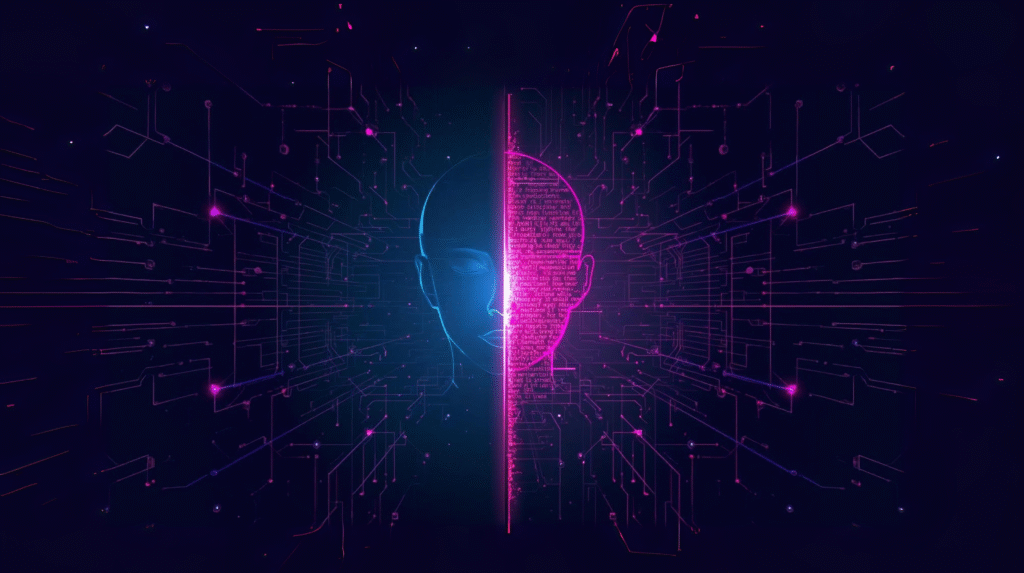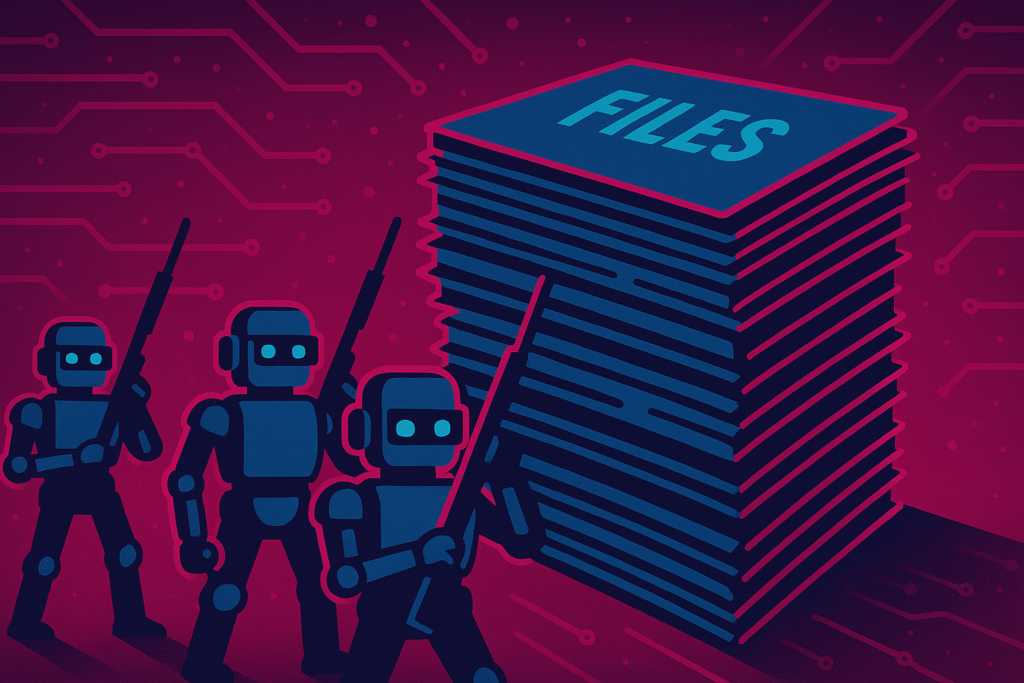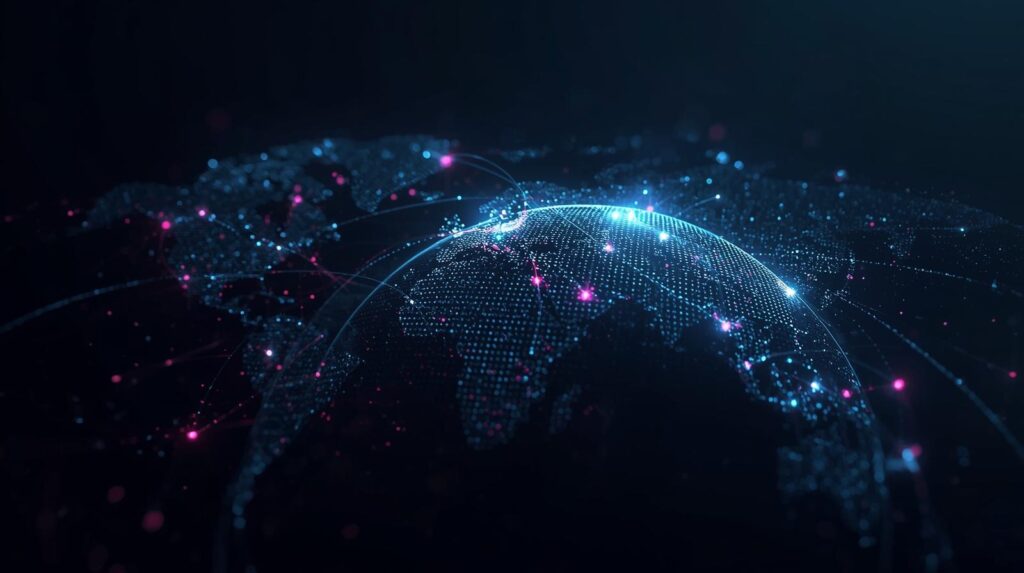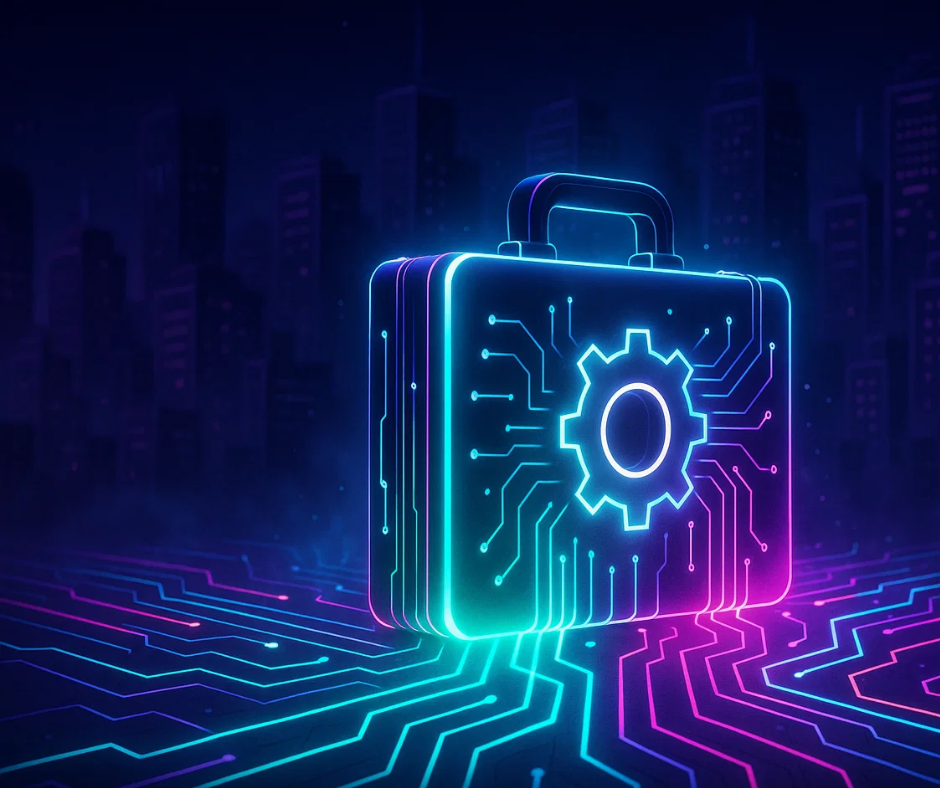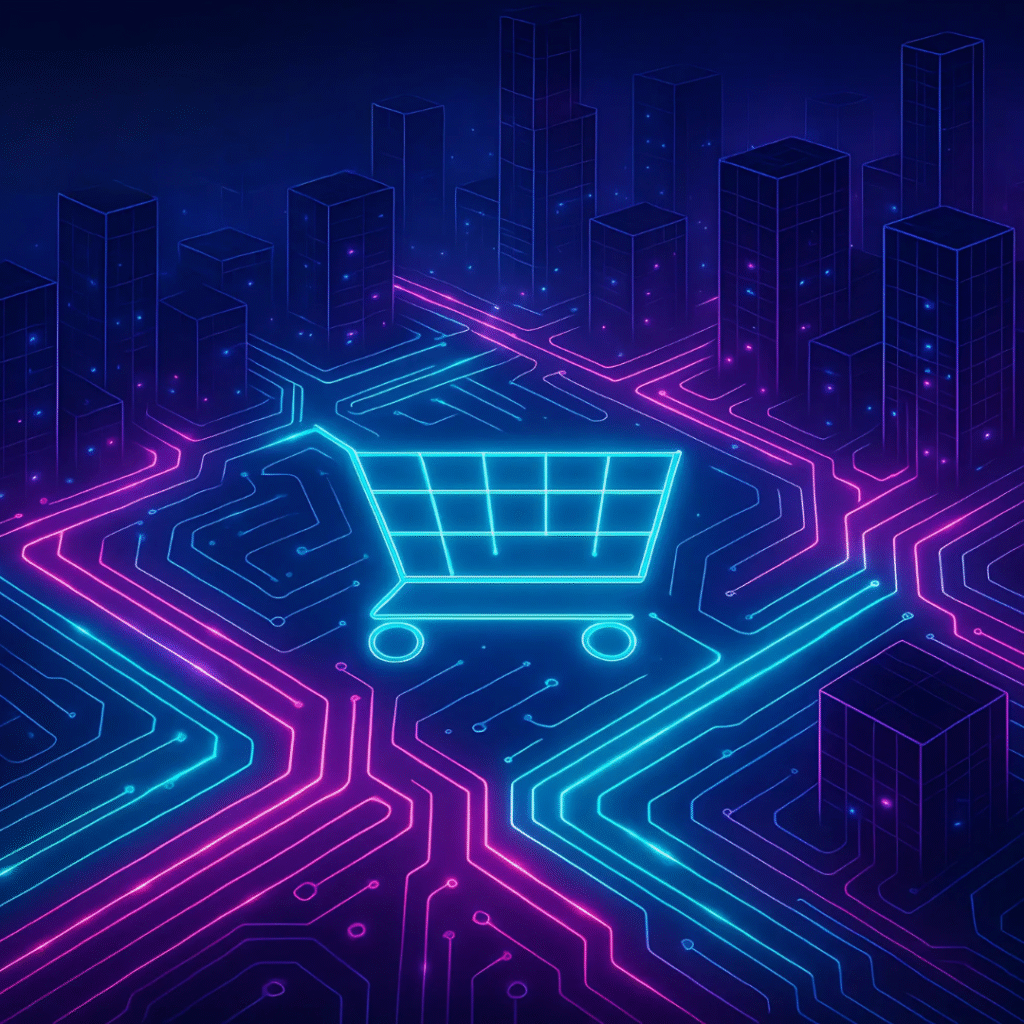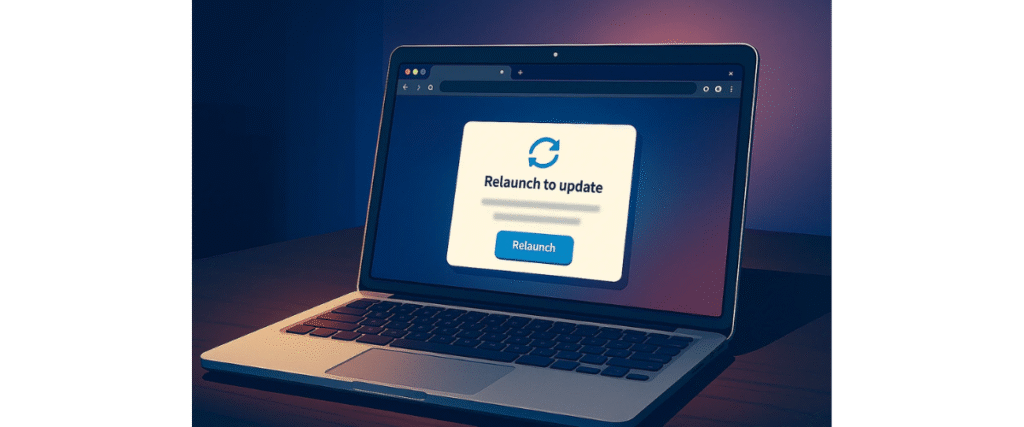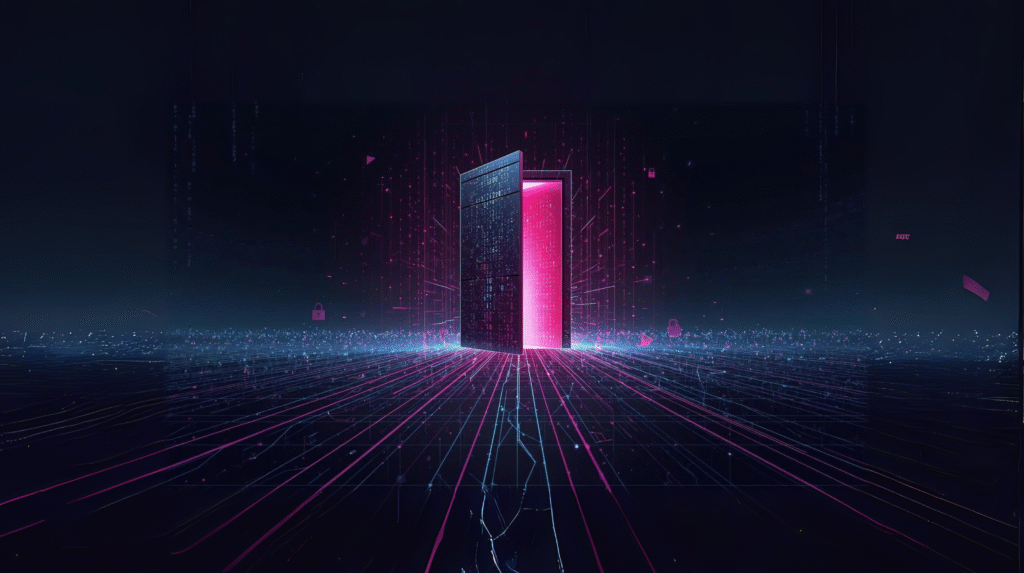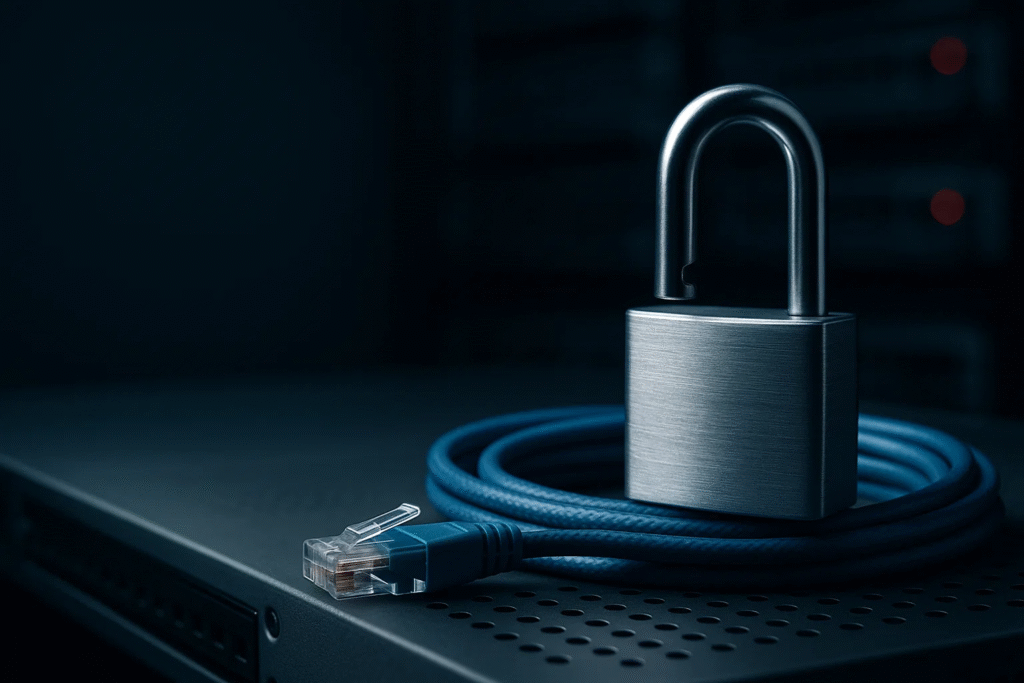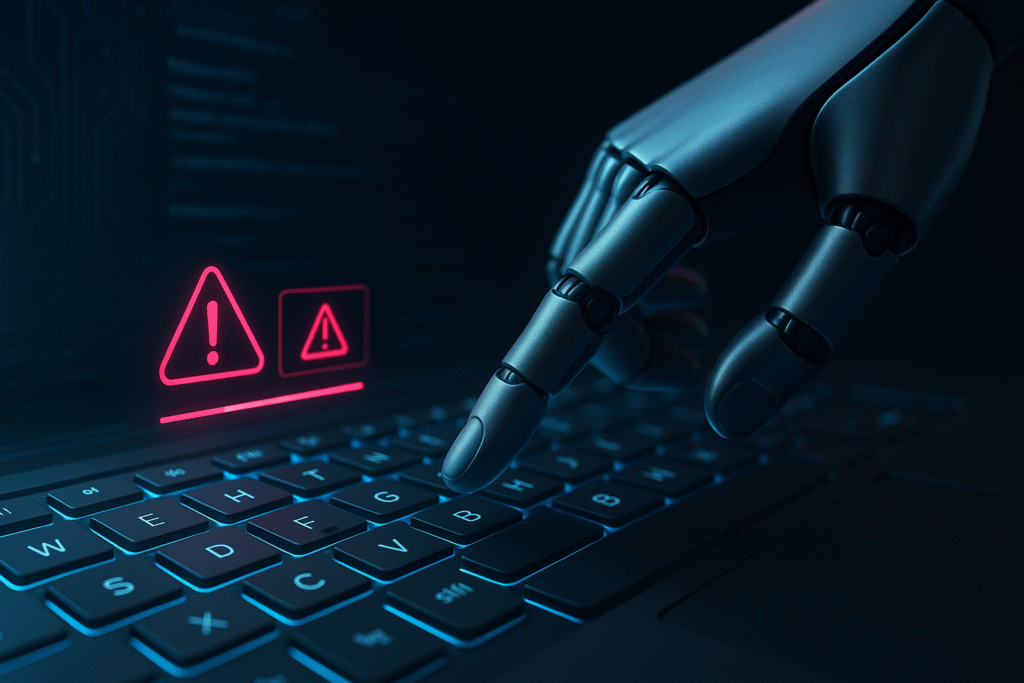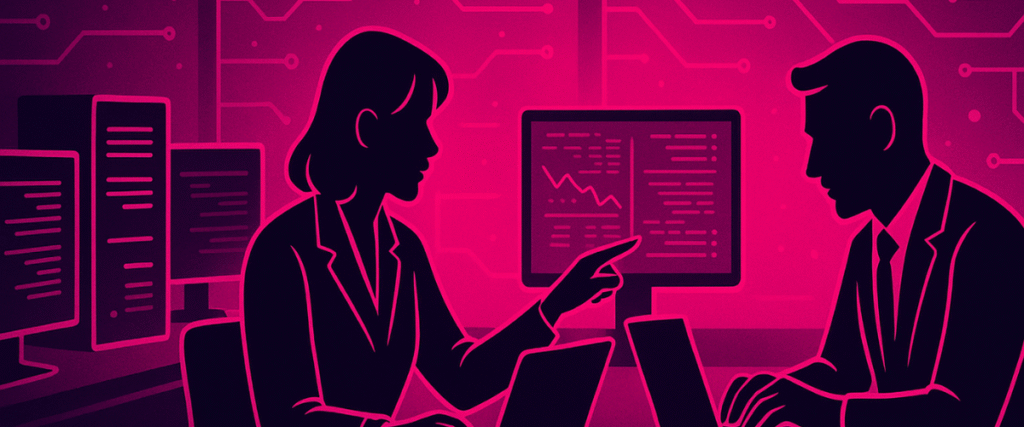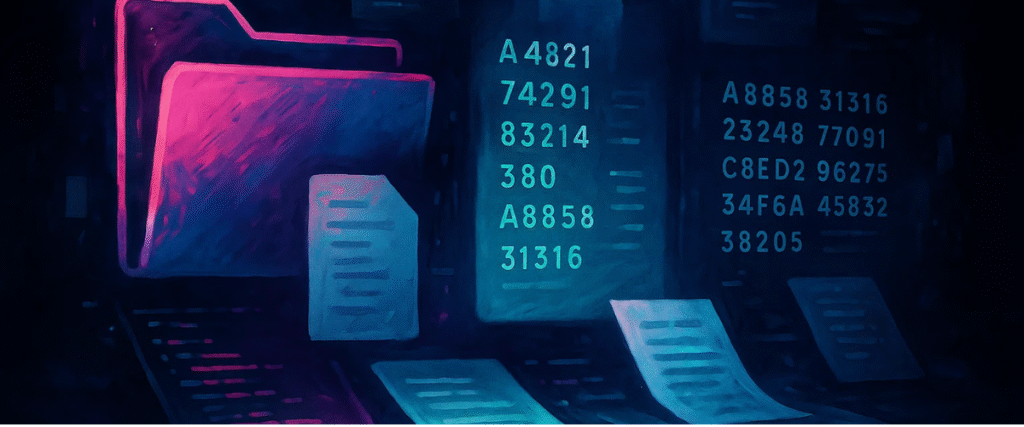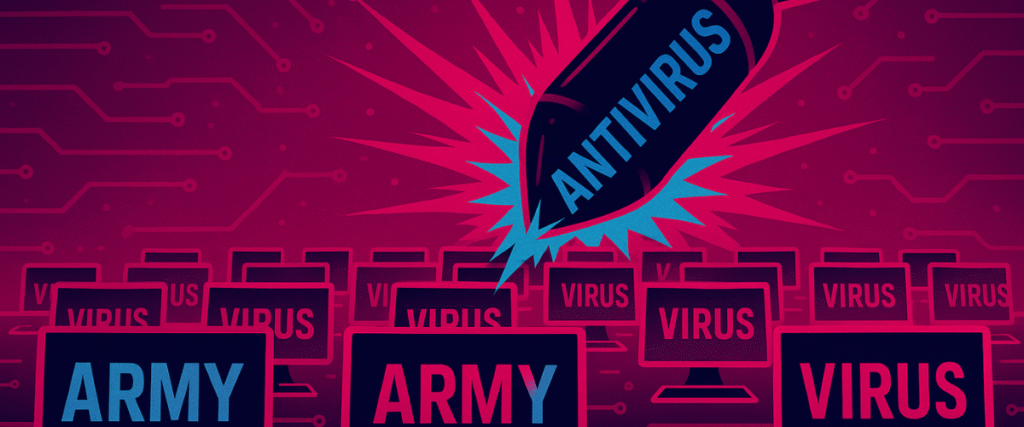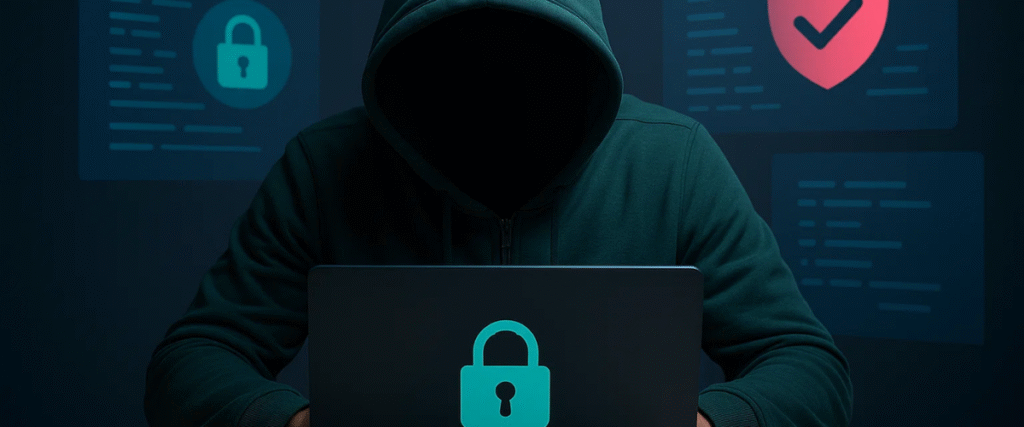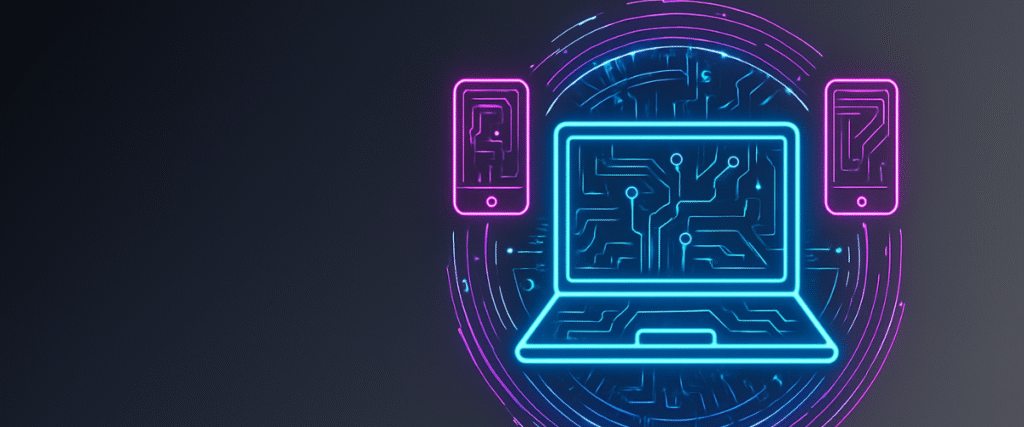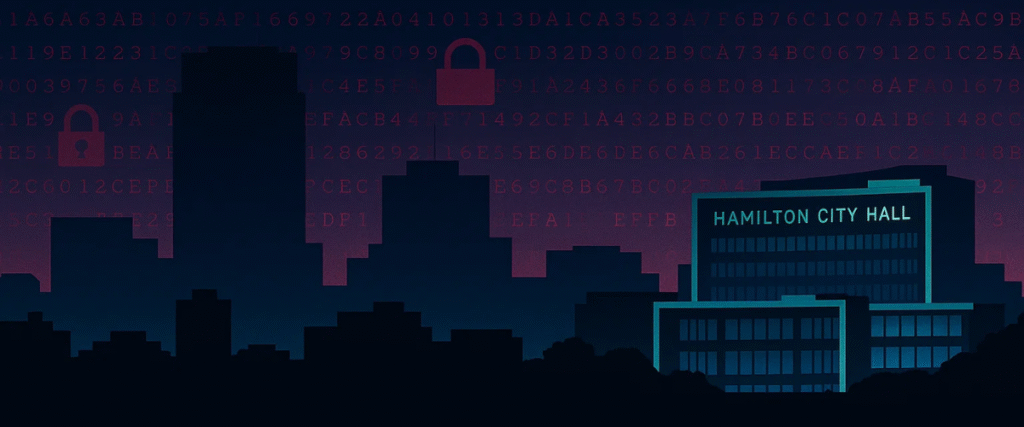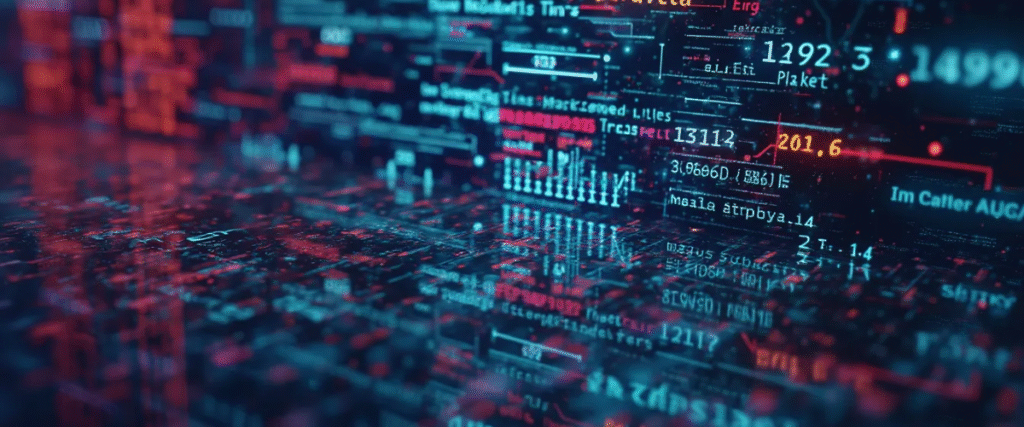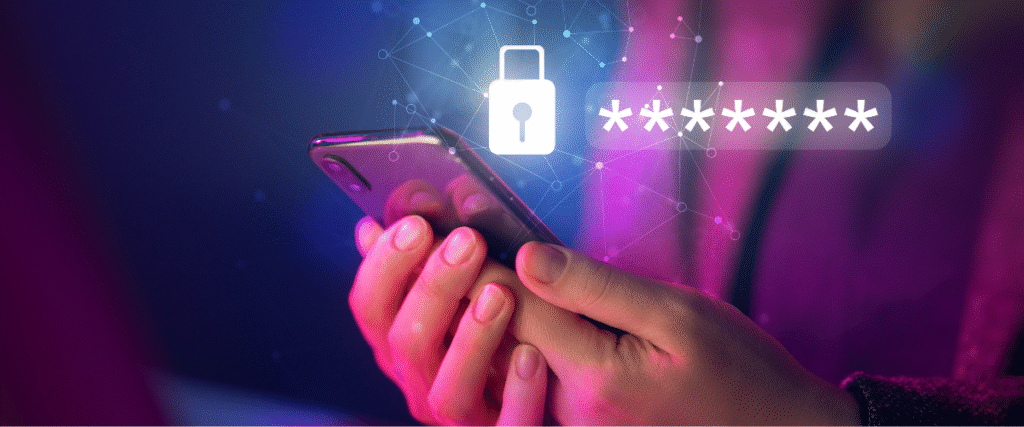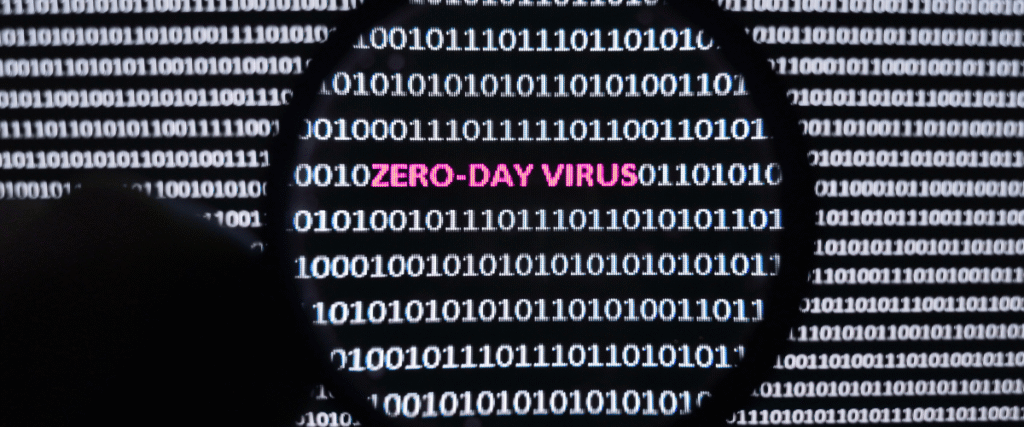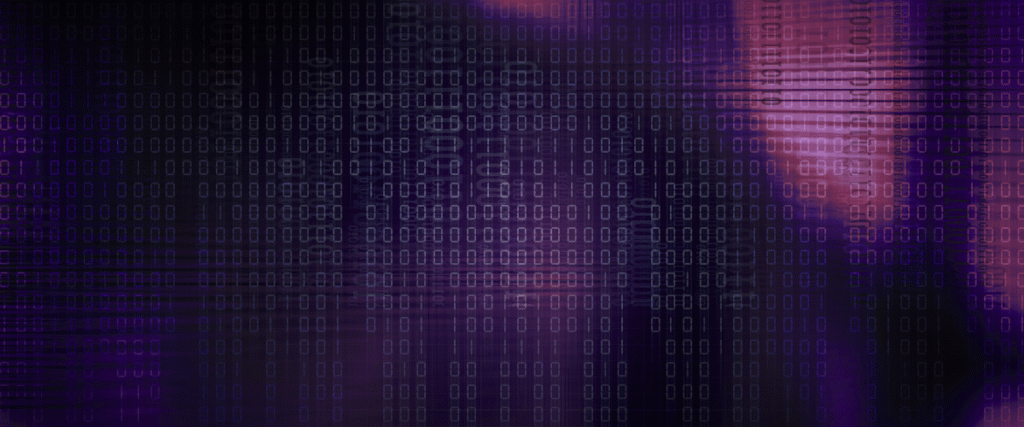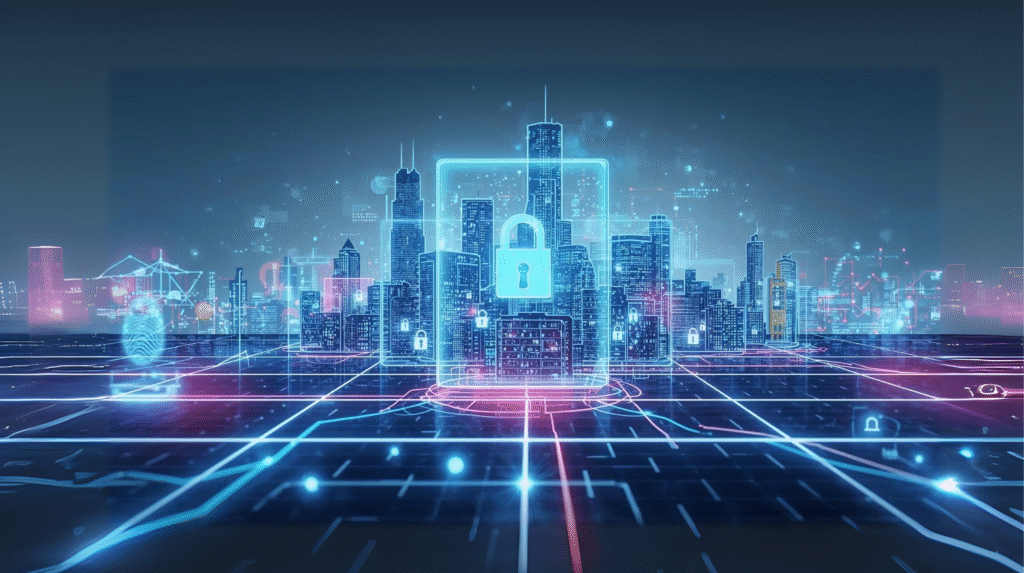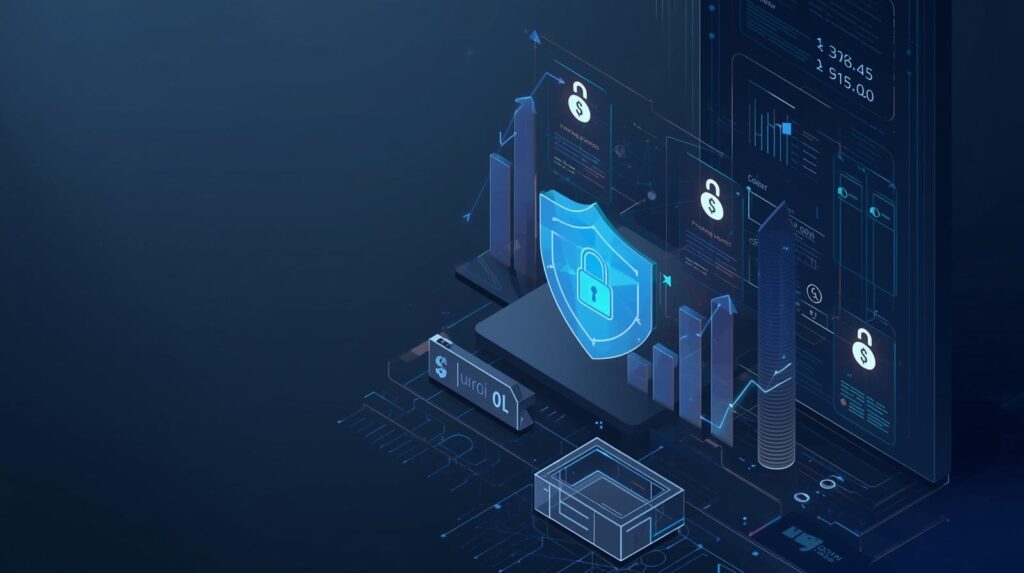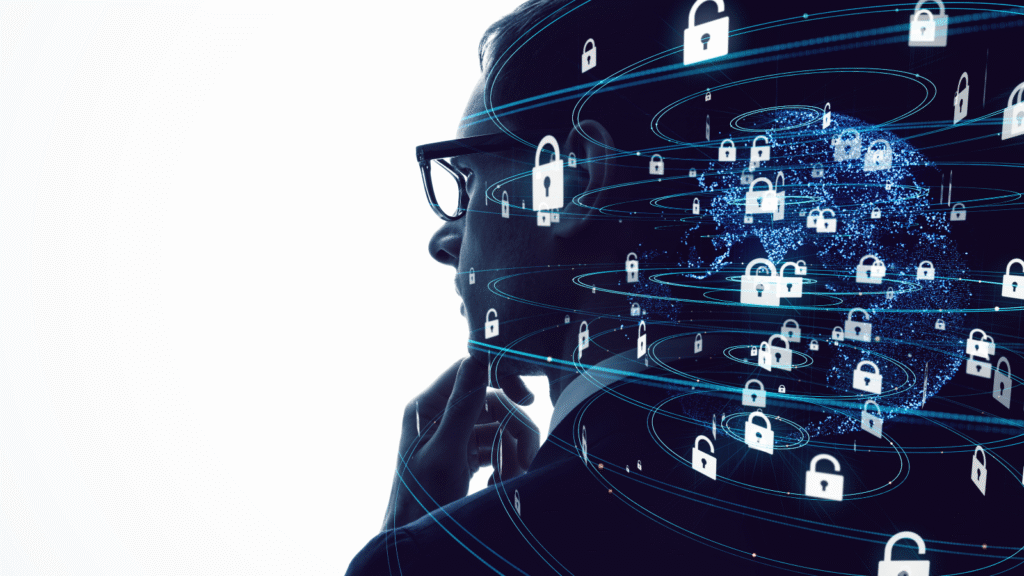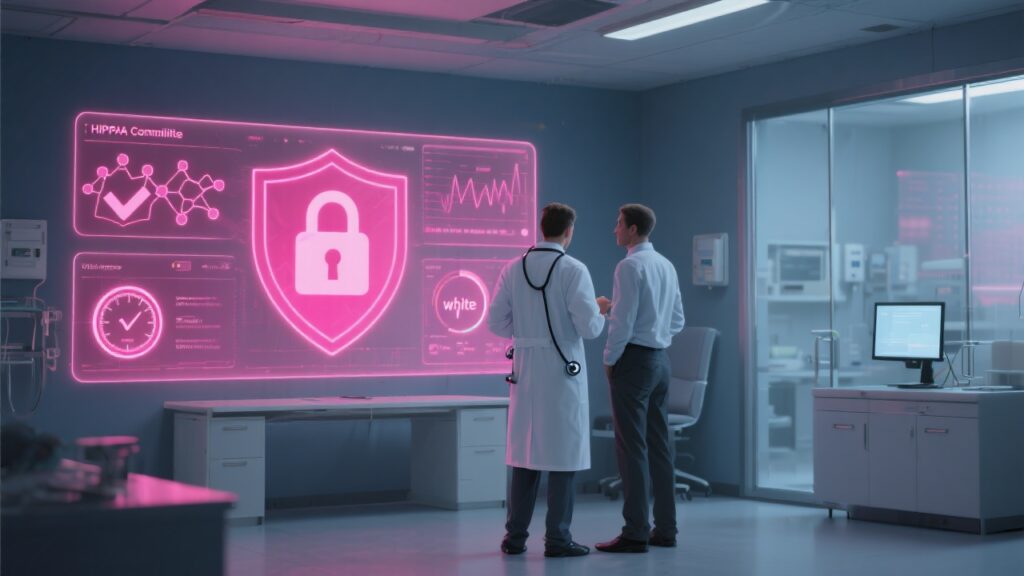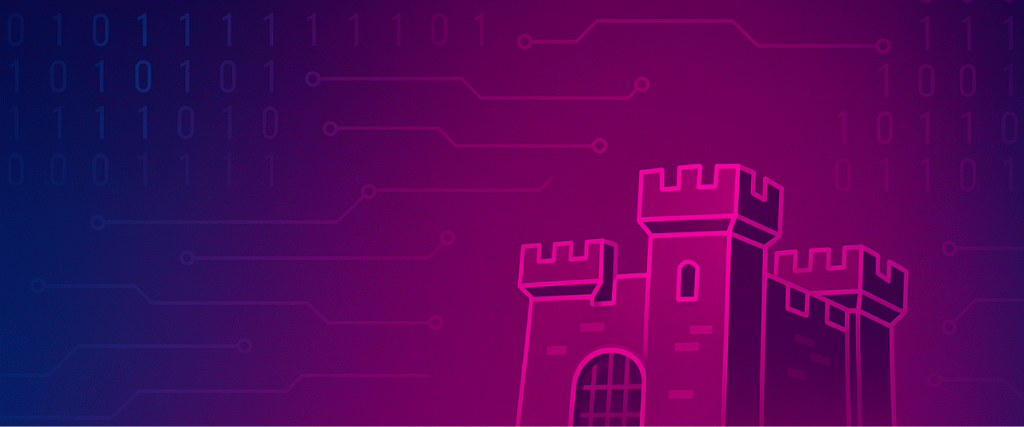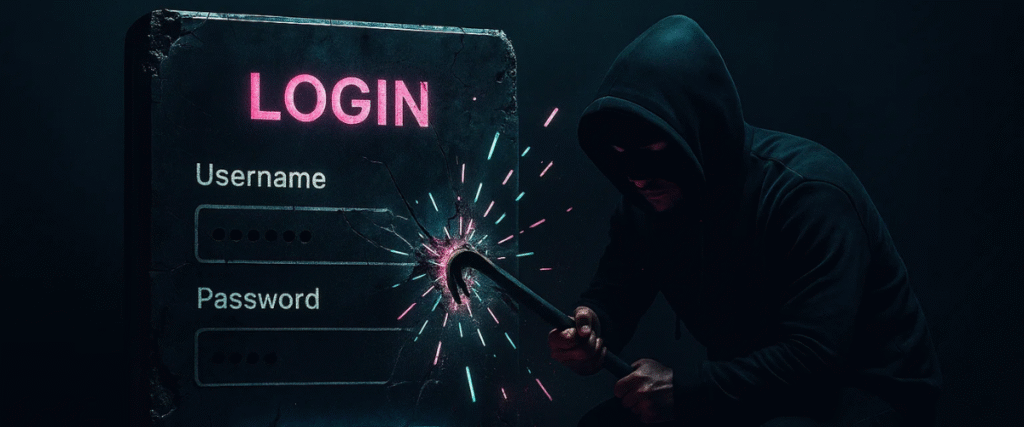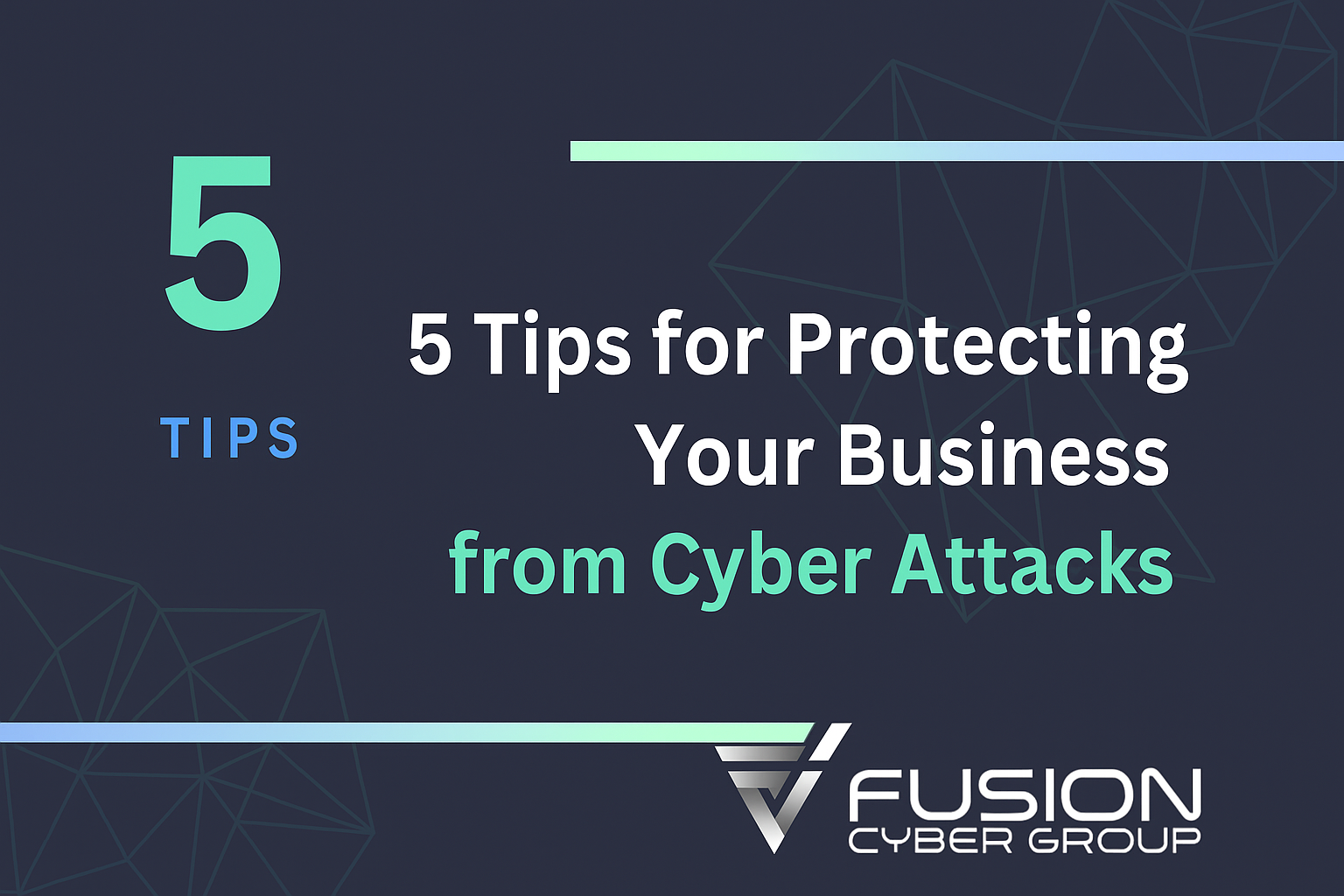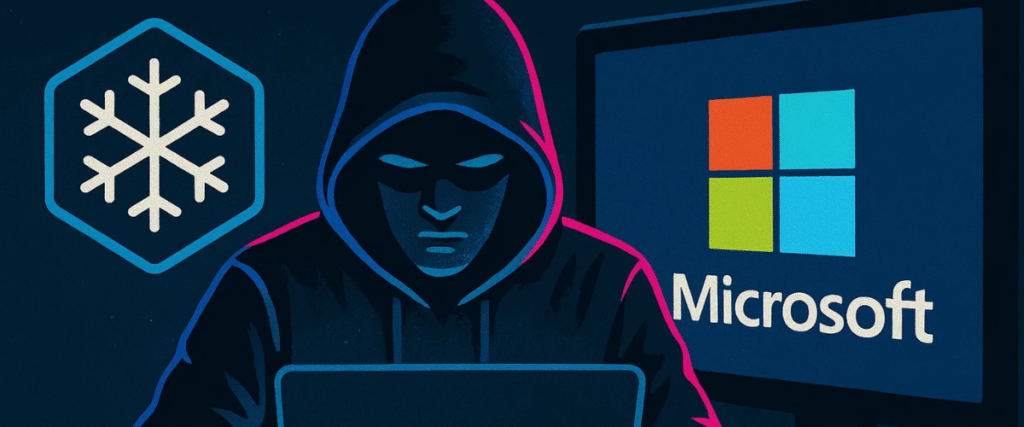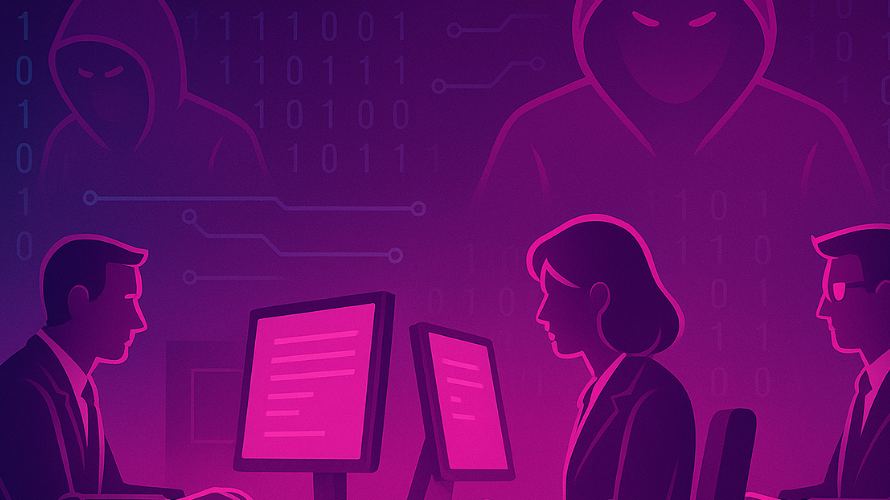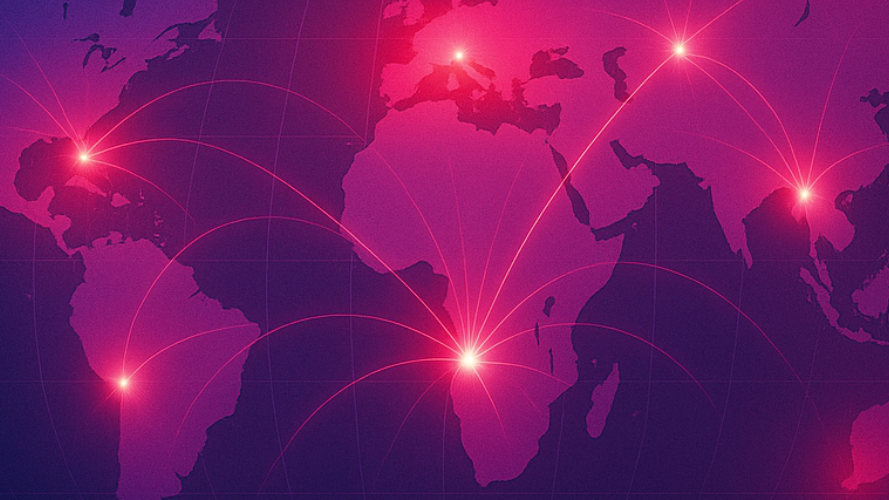Dell Expert Warns: Why Enterprises Must Renew Their Focus on Cybersecurity
Why Dell Is Sounding the Alarm
Cybersecurity has always been a moving target, but 2025 marks a turning point. As technology adoption accelerates, enterprises are facing attackers who innovate just as fast. What once felt like occasional disruptions have now become persistent, organized campaigns against critical infrastructure, supply chains, and enterprise networks.
Dell experts warn that treating cybersecurity as “just another IT expense” is a dangerous gamble. Instead, it must be viewed as a foundation for enterprise resilience, on par with financial planning and supply chain management.
Cybersecurity as a Business Imperative
What Dell emphasizes is not just the technical importance of cybersecurity, but its role as a strategic enabler of business continuity. A breach today doesn’t only lead to stolen data—it halts operations, disrupts revenue streams, and undermines customer trust. In industries such as healthcare and finance, the consequences can be catastrophic: delayed patient care, frozen financial transactions, and regulatory penalties that last long after systems are restored.
The companies that survive are those that recognize cybersecurity as integral to reputation management, customer retention, and investor confidence. In this sense, security is not a cost center—it is a growth enabler.
The Hidden Costs of Neglect
The average cost of a data breach surpassed $4.45 million in 2023 and continues to climb. But Dell points out that the true price tag goes beyond the balance sheet. Lost productivity, damaged reputation, and customer churn often dwarf the initial incident response costs. Employees lose confidence, customers migrate to safer competitors, and brand equity erodes. Organizations that underinvest in cybersecurity often spend 10x more in the aftermath of an attack than they would have by proactively strengthening defenses.
A Shift Toward Enterprise Resilience
Dell’s experts argue that security can no longer be siloed under IT. It must be woven into every business decision, from digital transformation projects to mergers and acquisitions. Just as CFOs assess financial risks, CISOs and MSSP partners should be at the table when organizations plan growth strategies.
This shift reframes cybersecurity from being a reactive shield to a competitive differentiator. Enterprises that demonstrate resilience—by keeping services running even during attacks—can attract more customers, gain investor confidence, and position themselves as market leaders in trust and reliability.

What’s Driving the Renewed Urgency?
Expanding Attack Surface
With cloud-first strategies, IoT, and hybrid work, organizations have more entry points than ever. Each new endpoint is an opportunity for attackers. What used to be a centralized corporate perimeter has now dissolved into a web of personal devices, third-party apps, and unmanaged networks. Dell experts caution that every smartphone, smart medical device, or remote VPN connection becomes a potential back door if not properly secured. Attackers no longer need to storm the “front gate” of corporate firewalls—they simply look for weak links among thousands of endpoints. This has transformed enterprise cybersecurity from perimeter defense to holistic risk management, where every connected device must be continuously monitored.
Regulatory Pressure
Governments and industry regulators are also raising the bar. In North America, healthcare organizations must navigate HIPAA and HITECH, while financial institutions face stringent PCI-DSS and SOX requirements. In Europe, GDPR fines have reached historic highs, sometimes exceeding hundreds of millions of dollars. New legislation, such as the U.S. Cyber Incident Reporting for Critical Infrastructure Act, now obligates certain sectors to disclose breaches within days. Non-compliance is no longer just a legal issue—it signals to customers and investors that an enterprise cannot be trusted with sensitive information. Dell underscores that compliance frameworks should be treated as minimum baselines, not ultimate goals. True resilience requires going beyond regulatory checklists toward proactive defense strategies.
Cybercrime-as-a-Service
Perhaps the most alarming trend is the rise of cybercrime-as-a-service (CaaS). Once, sophisticated cyberattacks required deep technical expertise. Today, ransomware kits, phishing platforms, and even deepfake software can be purchased on the dark web for a few hundred dollars. This democratization of cybercrime has created a surge of “low-skill” attackers who can cause high-value damage. For enterprises, this means the volume of threats is exploding, even as the complexity of individual attacks increases. Dell experts stress that defending against this wave requires AI-driven detection tools, 24/7 monitoring, and rapid incident response—capabilities that often exceed what in-house IT teams can deliver alone.
Dell’s Perspective: From Defense to Resilience
What stands out in Dell’s message is the shift from defensive thinking to resilience planning. It’s not enough to prevent attacks—enterprises must prepare to operate through them, minimizing downtime and maintaining customer trust. In today’s environment, breaches are inevitable, but disaster is not. The organizations that thrive are those that invest in continuity strategies as seriously as they do in prevention.
Dell’s experts argue that cybersecurity strategy must evolve in the same way financial risk management has: companies don’t assume markets will always be stable, so they plan for volatility. Similarly, enterprises must assume a breach will happen and ensure systems, staff, and partners can respond without crippling business operations. This approach requires not only strong technology, but also clear governance structures, tested playbooks, and a culture of resilience that extends from executives to frontline employees.
- Zero Trust as the Baseline: Dell highlights Zero Trust frameworks as the new baseline for enterprises. Instead of assuming users and devices inside the network are safe, Zero Trust insists on continuous verification. Every login, device connection, and transaction must be authenticated and monitored. This model reduces insider threats, stops lateral movement by attackers, and enforces least-privilege access across all business units. The practical applications of Zero Trust are significant. In healthcare, it means ensuring that only authorized clinicians can access patient records, and even then only the specific data needed for their role. In finance, it ensures that high-value transactions are subject to layered authentication and behavioral checks, reducing the chance of fraud. Dell stresses that Zero Trust isn’t a single product, but a strategic shift in architecture and mindset.
- Cybersecurity Built Into Innovation: Too often, enterprises rush into cloud migrations, IoT deployments, or AI projects without considering security until the final stages. Dell stresses that cybersecurity must be designed in from day one of any digital transformation initiative. By embedding controls early—through secure coding practices, automated compliance checks, and risk-based assessments—organizations avoid the costly cycle of retrofitting fixes later. This “secure by design” philosophy also accelerates innovation. When teams know security requirements upfront, they can build faster with confidence. For example, a retailer moving to a new e-commerce platform can integrate payment security and fraud detection at the planning stage, ensuring smoother launches and fewer delays from compliance audits. Dell frames this integration not as a blocker to innovation, but as a catalyst for sustainable growth.
- Strategic Partnerships for Scale: Even large enterprises struggle to keep pace with the sheer speed of evolving threats. Cybercriminals now operate like businesses themselves, with hierarchies, revenue goals, and R&D budgets. Dell recommends partnering with specialized security providers, such as MSSPs and MSPs, to extend in-house expertise and balance the scales. These partnerships provide access to 24/7 SOC monitoring, global threat intelligence, advanced analytics, and incident response capabilities that most organizations cannot maintain internally. Crucially, they also offer scalability—enterprises can flex security coverage up or down as business needs change, without the delays and costs of hiring and training entire teams. For many organizations, this collaboration is the difference between days of crippling downtime and a seamless recovery that customers barely notice.
- Resilience as a Business Advantage: Ultimately, Dell frames resilience as a business advantage rather than a technical goal. Companies that can withstand cyber incidents without losing customer confidence gain credibility, attract investors, and differentiate themselves in crowded markets. By embedding resilience into everyday operations—through Zero Trust, secure innovation, and strong partnerships—enterprises transform cybersecurity into a pillar of trust, continuity, and competitive edge.
Ultimately, Dell frames resilience as a business advantage. Enterprises that build trust through reliability, even during cyber incidents, position themselves as leaders in their industries.
Where MSSPs & MSPs Fit In
Enterprises can’t fight these battles alone. MSSPs and MSPs bring the scale, tools, and 24/7 monitoring that most internal IT teams can’t maintain. The cybersecurity skills shortage means many organizations simply cannot hire or retain the talent needed to defend against modern threats. By partnering with managed service providers, enterprises gain immediate access to seasoned experts and advanced technologies without the overhead of building those capabilities internally.

Healthcare: Protecting Lives and Data
The healthcare sector has become one of the most targeted industries for ransomware. Attackers know that downtime in hospitals and clinics can literally cost lives, making providers more likely to pay ransoms. MSSPs not only safeguard electronic health records but also provide continuous HIPAA compliance monitoring. They deploy intrusion detection, endpoint protection, and advanced threat hunting to keep patient care uninterrupted. For example, an MSSP can help a hospital detect unusual network traffic before it escalates into a system-wide lockout.
Finance: Safeguarding Trust and Transactions
Financial institutions are under relentless pressure to secure client data, transactions, and high-value assets. MSPs specializing in finance introduce multi-layered identity verification, fraud detection algorithms, and secure payment monitoring systems. They also help meet regulatory obligations like PCI-DSS and SOX. Beyond compliance, these providers bring a competitive advantage: when customers see their bank actively communicating strong cybersecurity measures, they are more likely to trust and stay loyal.
SMBs: Leveling the Playing Field
For small and mid-sized businesses, cybersecurity can feel overwhelming. Many operate with lean IT teams that struggle just to manage day-to-day operations, let alone advanced threat defense. MSSPs and MSPs democratize access to enterprise-grade defenses, providing affordable, scalable solutions such as managed firewalls, vulnerability assessments, and endpoint monitoring. This allows SMBs to grow confidently, knowing that cybersecurity is no longer a roadblock but an enabler of expansion.
A Shift From Patchwork to Integrated Defense
Too often, companies rely on a patchwork of disconnected tools—firewalls here, antivirus there, and cloud security bolted on after the fact. MSSPs and MSPs eliminate this fragmentation by offering integrated security platforms, central dashboards, and real-time reporting. Instead of guessing whether defenses are working, enterprises gain visibility, accountability, and assurance. This approach not only reduces risks but also improves response times, keeping business operations resilient under pressure.
Ultimately, the partnership model transforms cybersecurity from a reactive “fire drill” into a continuous, proactive defense strategy. By aligning with MSSPs and MSPs, enterprises can focus on what they do best—innovating and serving customers—while leaving the complex, around-the-clock battle against cyber threats to experts.
Practical Steps Enterprises Should Take Now
- Audit Cyber Risk Exposure – The first step toward resilience is visibility. Enterprises need to conduct comprehensive audits that go beyond traditional IT assessments. This means mapping all cloud services in use, identifying shadow IT, reviewing remote access policies, and scrutinizing third-party vendors. A thorough audit provides a risk heatmap that highlights the most urgent vulnerabilities and guides investment priorities.
- Engage External Expertise – Even the most advanced internal IT teams can’t monitor global threat landscapes around the clock. By partnering with MSSPs and MSPs, organizations gain access to dedicated Security Operations Centers (SOCs), global threat intelligence feeds, and incident response specialists. These providers offer not only monitoring but also actionable insights that can stop an attack before it escalates.
- Develop Incident Playbooks – Breach readiness is no longer optional. Incident playbooks should define roles, responsibilities, escalation paths, and communication protocols for different attack scenarios—whether ransomware, insider threats, or supply chain compromises. When an incident occurs, speed is critical; rehearsed playbooks ensure teams respond confidently instead of scrambling in chaos.
- Prioritize Employee Resilience – Human error remains the top root cause of cyber incidents. Enterprises must move beyond once-a-year training modules and instead build a culture of cybersecurity awareness. Regular phishing simulations, deepfake awareness workshops, and gamified training sessions help employees become active defenders, not weak links.
- Invest in Future-Proof Tools – Finally, enterprises must look forward, not backward. AI-powered tools that detect anomalies in real time, machine learning–based fraud detection, and automated incident response systems are no longer futuristic luxuries—they’re essential. Dell experts note that investing early in these technologies positions organizations to scale security alongside growth, instead of constantly playing catch-up.
Final Word: Cybersecurity as a Competitive Edge
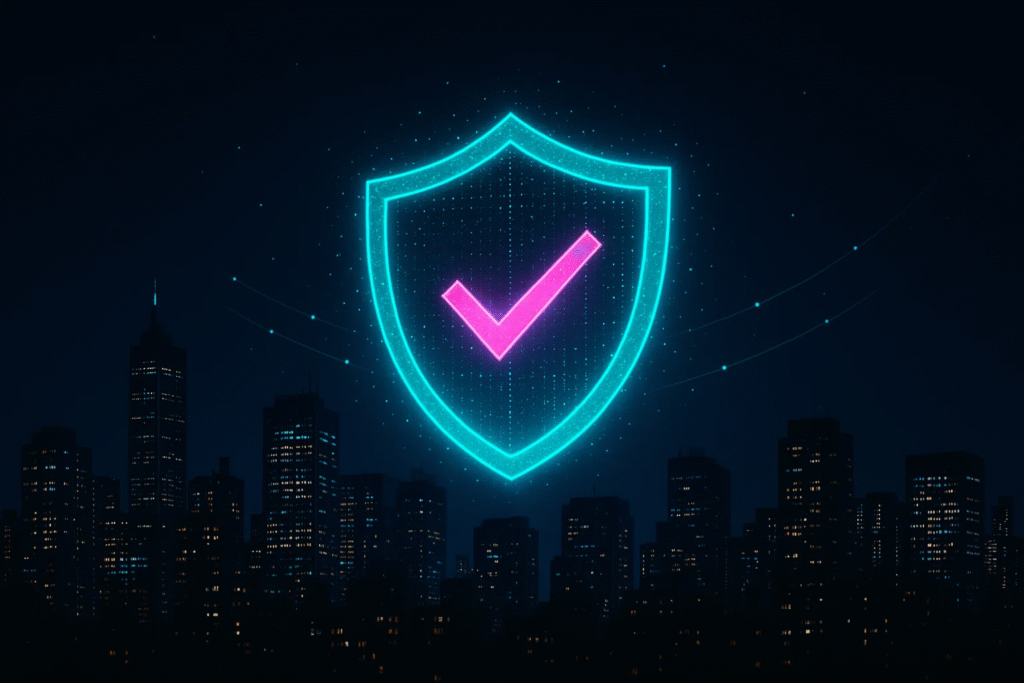
As Dell emphasizes, cybersecurity is no longer just about avoiding breaches—it’s about earning trust. Customers, regulators, and partners now choose to do business with organizations that demonstrate security maturity. Trust has become a measurable business asset, and enterprises that fail to safeguard it risk falling behind competitors who do.
Cybersecurity and Customer Loyalty
In today’s market, clients are more informed than ever. They want assurance that their sensitive data—financial records, healthcare information, or intellectual property—will be protected at every stage of interaction. Companies that can publicly demonstrate robust security measures often see stronger customer loyalty, higher retention rates, and greater willingness from prospects to engage. In this way, cybersecurity becomes not just a defensive shield but a sales differentiator.
Investor and Partner Confidence
Investors and strategic partners increasingly evaluate cybersecurity as part of due diligence. A single breach can devalue a company overnight, while a proven record of resilience can attract capital and new opportunities. By showcasing a proactive security strategy, supported by MSSPs and MSPs, enterprises send a clear signal: we are reliable, stable, and built for sustainable growth.
Turning Compliance Into Opportunity
Regulatory frameworks like HIPAA, GDPR, and PCI-DSS are often seen as burdens, but Dell experts argue they can also be leveraged as competitive advantages. Organizations that exceed compliance requirements position themselves as industry leaders, setting benchmarks others must follow. This proactive approach not only reduces risk but also enhances market reputation.
Building Long-Term Advantage With MSSPs/MSPs
Ultimately, the partnership with MSSPs and MSPs enables enterprises to go beyond survival and into strategic growth mode. Continuous monitoring, rapid response, and future-proof solutions ensure that businesses don’t just keep pace with threats—they stay one step ahead.
By renewing focus today, enterprises can transform cybersecurity into a core pillar of resilience, trust, and growth. This isn’t just protection; it’s a competitive edge that will define market leaders in 2025 and beyond.
Ready to strengthen your enterprise security posture?
👉 Connect with FusionCyber’s MSSP team to future-proof your cybersecurity strategy.
Featured links:
Dell Expert on Renewed Cybersecurity Focus (Cyber Magazine)
Managed Cybersecurity Services
MSSP + MSP Partner for Healthcare
Managed Cybersecurity ROI for SMBs
FAQ:
Why is cybersecurity now considered a strategic business advantage, not just an IT priority?
Cybersecurity now underpins business continuity, trust, and competitive positioning. A mature security posture—especially one supported by MSSPs or MSPs—helps businesses win and retain customers, gain investor and partner confidence, and differentiate themselves as reliable and resilient in the market.
What makes MSSPs and MSPs so effective compared to in-house security teams?
They bring 24/7 Security Operations Center (SOC) monitoring, advanced threat intelligence, and incident response capability—far beyond the capacity of most in-house teams. This not only boosts resilience but also offers scalable expertise across industries, from healthcare to SMBs.
What is a “resilience-first” cybersecurity strategy, and how does it differ from traditional defense?
A resilience-first approach assumes breaches will happen, so organizations build continuity plans, response playbooks, and integrated protocols to sustain operations under attack. It goes beyond defense—ensuring that organizations can operate through disruptions and emerge stronger.
What are the essential first steps an enterprise should take to strengthen its cybersecurity posture?
Conduct a comprehensive audit identifying gaps in cloud, remote, and vendor environments.
Engage an MSSP/MSP to extend monitoring, intelligence, and response capabilities.
Create and rehearse incident response playbooks.
Train employees regularly on phishing, social engineering, and awareness.
Invest in future-proof tools, such as AI-powered detection and automated response systems, to stay ahead of evolving threats.
Our Cybersecurity Guarantee
“At Fusion Cyber Group, we align our interests with yours.“
Unlike many providers who profit from lengthy, expensive breach clean-ups, our goal is simple: stop threats before they start and stand with you if one ever gets through.
That’s why we offer a cybersecurity guarantee: in the very unlikely event that a breach gets through our multi-layered, 24/7 monitored defenses, we will handle all:
threat containment,
incident response,
remediation,
eradication,
and business recovery—at no cost to you.
Ready to strengthen your cybersecurity defenses? Contact us today for your FREE network assessment and take the first step towards safeguarding your business from cyber threats!








